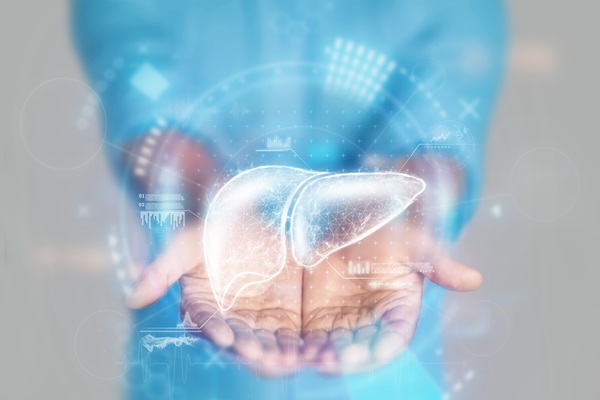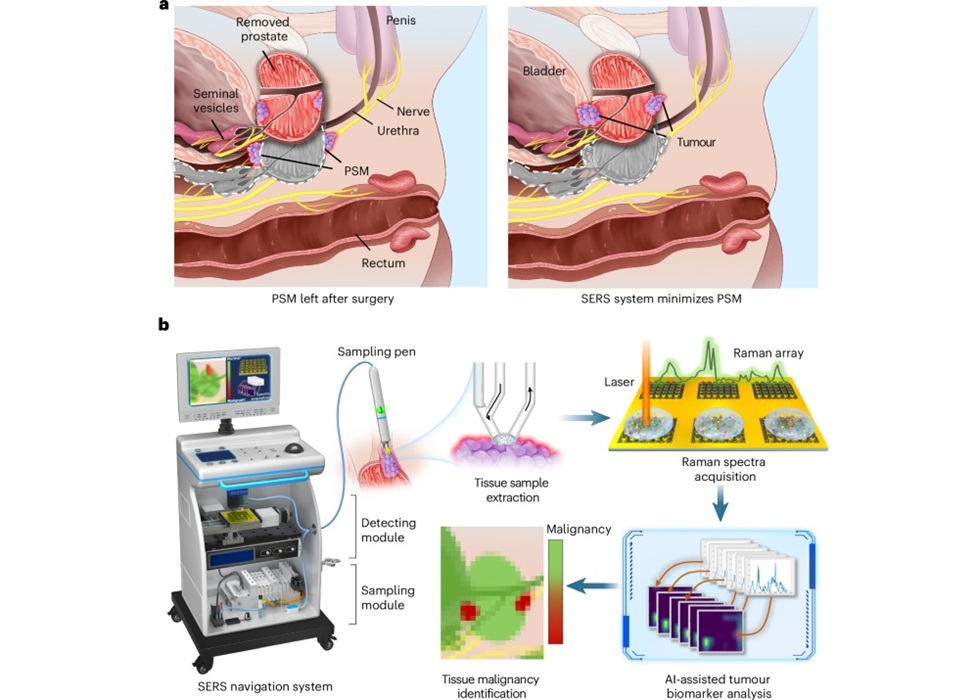World-First Technology Uses Real-Time ECG Signal Analysis for Accurate CVAD Placement 
|
By HospiMedica International staff writers Posted on 24 Feb 2025 |
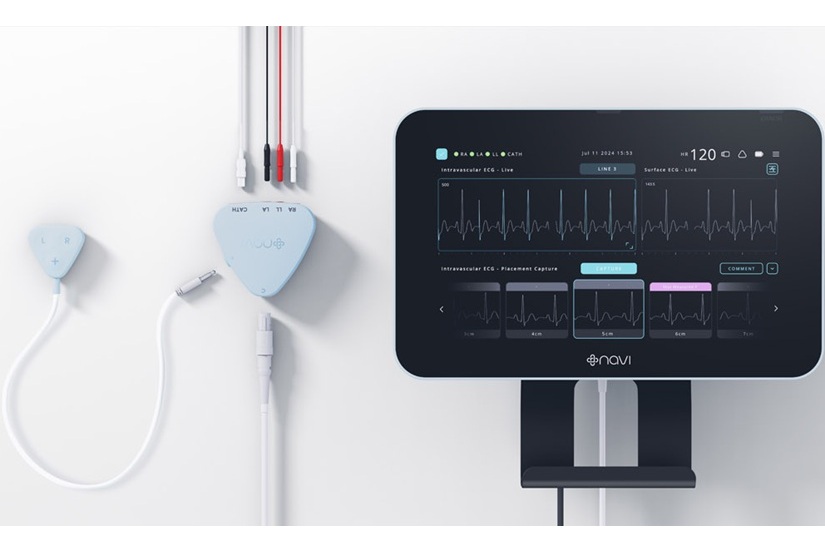
Various studies have documented the adverse events linked to malpositioned umbilical venous catheters and other central lines used in newborn care. Unfortunately, advancements in catheter placement technology for critically ill newborns have been limited, with the current standard still relying on X-ray confirmation of tip placement after the procedure has been completed. The inability of X-rays to provide real-time feedback often leads to treatment delays, repeated exposure to ionizing radiation, and limited surveillance capabilities. While ECG-based technologies exist, they are primarily designed for older children and adults, lack surveillance functions, and are not suited for the unique needs of critically ill newborns. Now, the first medical device specifically designed for neonatal and pediatric care promises to revolutionize vascular access management for critically ill newborns and children.
The Neonav ECG Tip Location System by Navi Medical Technologies (Melbourne, Australia) is the only system tailored for neonatal and pediatric patients, utilizing real-time ECG signal analysis to ensure precise placement of Central Venous Access Devices (CVADs), significantly reducing risks like misplacement and migration. This innovative device decreases the need for confirmatory chest X-rays, helping reduce treatment delays and lowering unintended complications for vulnerable patients. The Neonav system has the most comprehensive 'Indication For Use' of any tip location system available, applicable to preterm newborns up to adults. Notably, the system is capable of placing tiny 1Fr catheters used in extremely small newborns and is approved for both above and below-heart catheter placements.
The Neonav ECG Tip Location and surveillance technology is specifically designed for newborn and pediatric patients. It provides clinicians with real-time information about catheter tip location throughout the CVAD dwell time, enabling the detection of misplacement during insertion and monitoring for post-procedure migration. The system also allows for continuous surveillance of catheters after initial placement, which can help prevent potentially serious complications from undetected catheter movement. These groundbreaking features address key challenges faced by healthcare professionals in neonatal and pediatric care. The Neonav ECG Tip Location System has received 510(k) clearance from the U.S. Food and Drug Administration (FDA), allowing its use in U.S. hospitals to enhance pediatric vascular access management.
"We recognize the tremendous opportunity to bring our ground-breaking technology to the U.S., and we will continue to engage hospital networks and potential partners that can help ensure that our innovations reach the patients who need them most" said Alex Newton, CEO of Navi. "With FDA clearance in hand, we're uniquely positioned to drive significant impact in the largest healthcare market in the world. Our investors have the chance to be part of a mission that's not only financially rewarding but also deeply meaningful. By working together, we can ensure that every critically ill child has access to safer, faster, and more effective care."
Related Links:
Navi Medical Technologies
Latest Critical Care News
- Magnetically Guided Microrobots to Enable Targeted Drug Delivery

- Smart Nanomaterials Detect and Treat Traumatic Brain Injuries Simultaneously
- Earlier Blood Transfusion Could Reduce Heart Failure and Arrhythmia in Heart Disease Patients
- 'Smart' Shirt Detects Epileptic Seizures in Real Time
- Skin Patch Measures Effectiveness of Flu/COVID Vaccines in 10 Minutes
- Complete Revascularization Reduces Risk of Death from Cardiovascular Causes
- Tiny Fish-Inspired Robots Navigate Through Body to Deliver Targeted Drug Therapy
- Coronary Artery Stenosis Could Protect Patients from Pulmonary Embolism Effects
- Sweat-Powered Sticker Turns Drinking Cup into Health Sensor
- Skin-Mounted 3D Microfluidic Device Analyzes Sweat for Real-Time Health Assessment
- New Therapeutic Brain Implants to Eliminate Need for Surgery
- Stem Cell Patch Gently Heals Damaged Hearts Without Open-Heart Surgery
- Biomaterial Vaccines to Make Implanted Orthopedic Devices Safer
- Deep Learning Model Predicts Sepsis Patients Likely to Benefit from Steroid Treatment
- Programmable Drug-Delivery Patch Promotes Healing and Regrowth After Heart Attack
- Breakthrough Ultrasound Technology Measures Blood Viscosity in Real Time
Channels
Surgical Techniques
view channel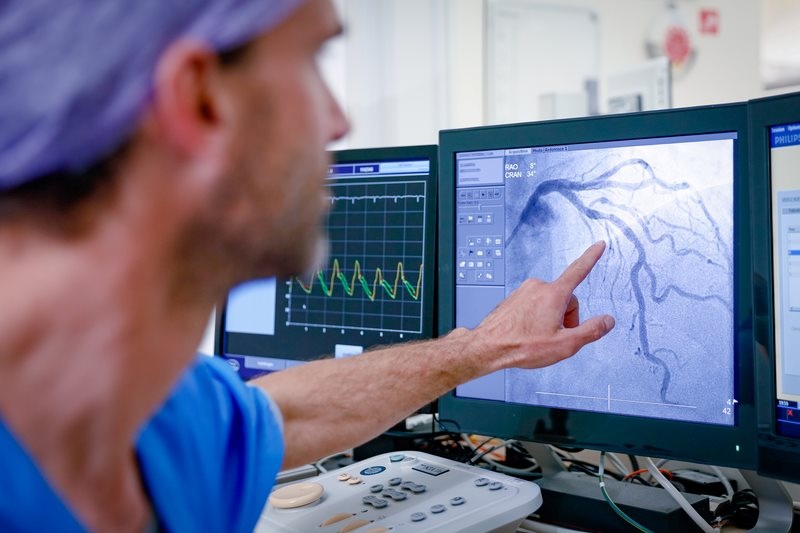
New Study Findings Could Halve Number of Stent Procedures
When a coronary artery becomes acutely blocked during a heart attack, opening it immediately is essential to prevent irreversible damage. However, many patients also have other narrowed vessels that appear... Read more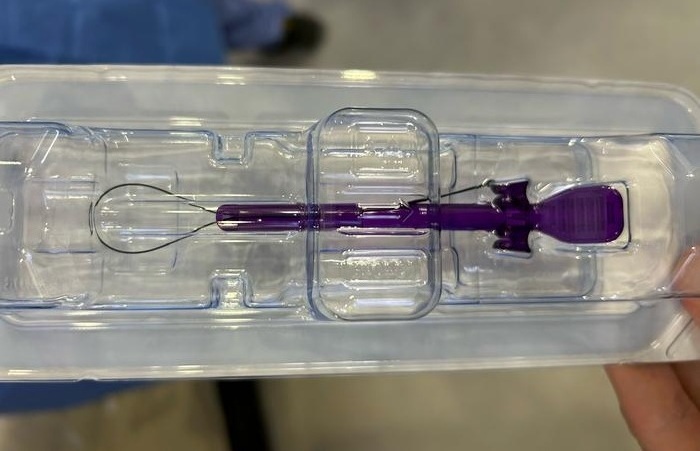
Breakthrough Surgical Device Redefines Hip Arthroscopy
Hip arthroscopy has surged in popularity, yet surgeons still face major mechanical constraints when navigating deep joint spaces through traditional cannulas. Limited tool mobility and the need for an... Read morePatient Care
view channel
Revolutionary Automatic IV-Line Flushing Device to Enhance Infusion Care
More than 80% of in-hospital patients receive intravenous (IV) therapy. Every dose of IV medicine delivered in a small volume (<250 mL) infusion bag should be followed by subsequent flushing to ensure... Read more
VR Training Tool Combats Contamination of Portable Medical Equipment
Healthcare-associated infections (HAIs) impact one in every 31 patients, cause nearly 100,000 deaths each year, and cost USD 28.4 billion in direct medical expenses. Notably, up to 75% of these infections... Read more
Portable Biosensor Platform to Reduce Hospital-Acquired Infections
Approximately 4 million patients in the European Union acquire healthcare-associated infections (HAIs) or nosocomial infections each year, with around 37,000 deaths directly resulting from these infections,... Read moreFirst-Of-Its-Kind Portable Germicidal Light Technology Disinfects High-Touch Clinical Surfaces in Seconds
Reducing healthcare-acquired infections (HAIs) remains a pressing issue within global healthcare systems. In the United States alone, 1.7 million patients contract HAIs annually, leading to approximately... Read moreHealth IT
view channel
EMR-Based Tool Predicts Graft Failure After Kidney Transplant
Kidney transplantation offers patients with end-stage kidney disease longer survival and better quality of life than dialysis, yet graft failure remains a major challenge. Although a successful transplant... Read more
Printable Molecule-Selective Nanoparticles Enable Mass Production of Wearable Biosensors
The future of medicine is likely to focus on the personalization of healthcare—understanding exactly what an individual requires and delivering the appropriate combination of nutrients, metabolites, and... Read moreBusiness
view channel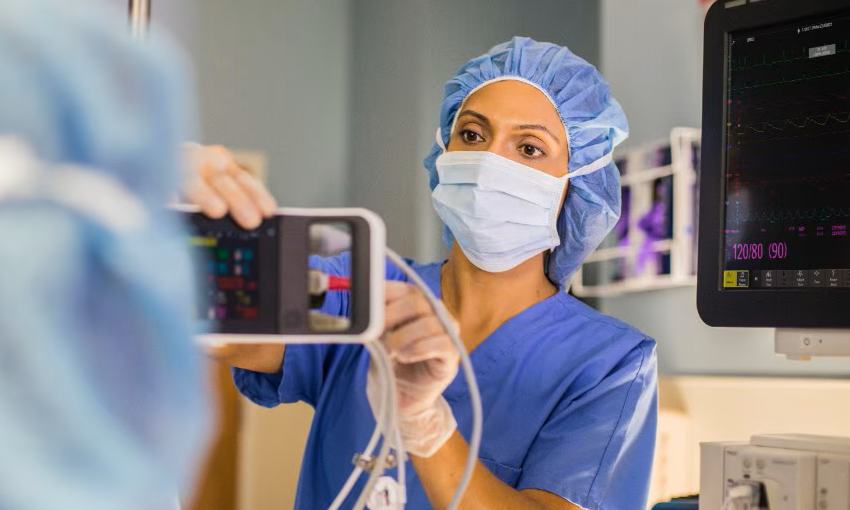
Philips and Masimo Partner to Advance Patient Monitoring Measurement Technologies
Royal Philips (Amsterdam, Netherlands) and Masimo (Irvine, California, USA) have renewed their multi-year strategic collaboration, combining Philips’ expertise in patient monitoring with Masimo’s noninvasive... Read more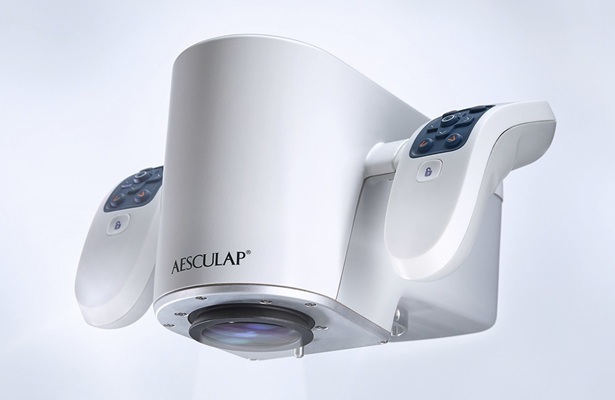
B. Braun Acquires Digital Microsurgery Company True Digital Surgery
The high-end microsurgery market in neurosurgery, spine, and ENT is undergoing a significant transformation. Traditional analog microscopes are giving way to digital exoscopes, which provide improved visualization,... Read more
CMEF 2025 to Promote Holistic and High-Quality Development of Medical and Health Industry
The 92nd China International Medical Equipment Fair (CMEF 2025) Autumn Exhibition is scheduled to be held from September 26 to 29 at the China Import and Export Fair Complex (Canton Fair Complex) in Guangzhou.... Read more











